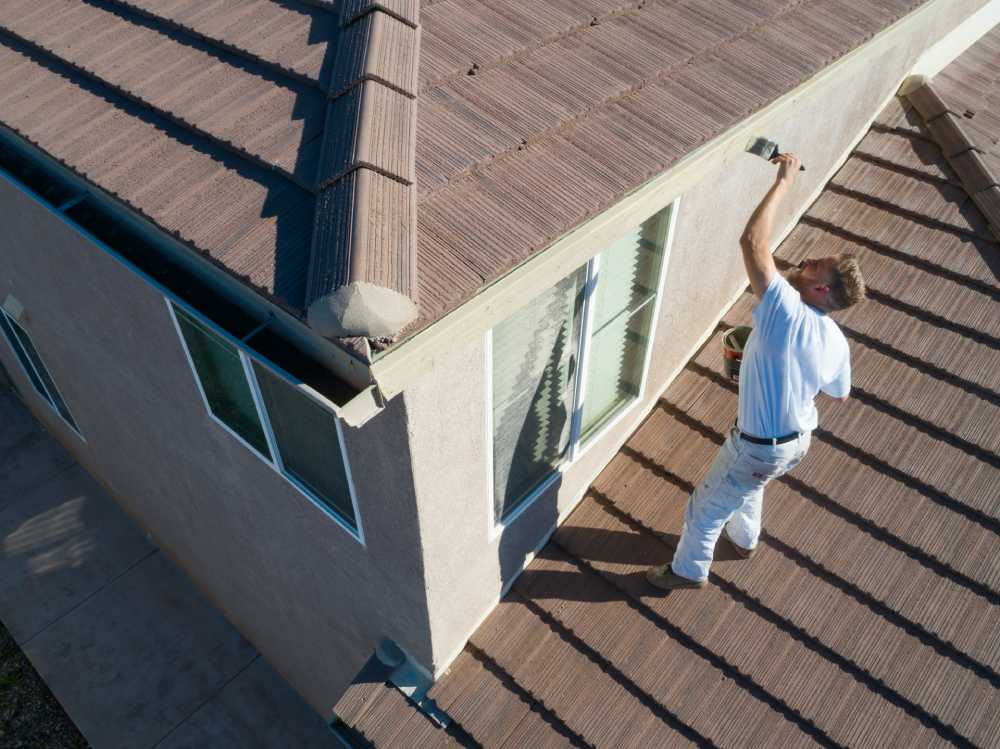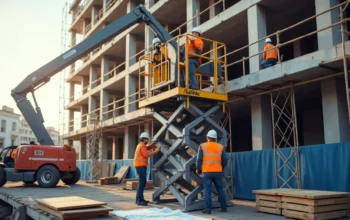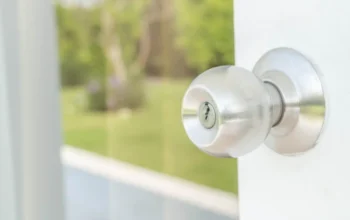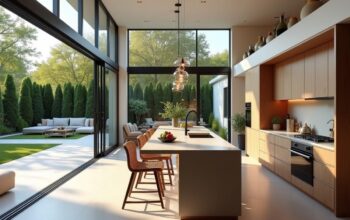Hardieplank vs. Traditional Cladding: The Real Difference
When you are planning an exterior upgrade, choosing the right cladding is one of the biggest decisions you’ll make. It’s not just about the look of your home; it’s about durability, maintenance, insulation, and long-term value. So, when it comes down to Hardieplank compared to traditional cladding, what’s the real story?
What Exactly Is Hardieplank?
Hardieplank Perth is a type of fibre cement cladding. It’s made from a mix of cellulose fibres, cement, sand, and water. This combination creates a product that is incredibly strong, low-maintenance, and designed to stand up to extreme weather.
Unlike timber or vinyl, it won’t warp, rot, or melt. It’s built tough, which is one of the reasons it’s become so popular for both residential and commercial projects.
But that’s only part of the picture. To really understand if it’s right for your project, you need to know how it stacks up against traditional cladding options.
What Counts as Traditional Cladding?
The term “traditional cladding” usually refers to materials like timber, brick, stone, or sometimes vinyl. These have been used for centuries to protect and finish the outside of buildings.
Each material comes with its own set of strengths and weaknesses. Timber, for instance, offers a classic, natural look but can require a lot of maintenance. Brick is a solid material that lasts for decades, but it can be heavy and costly. Vinyl is inexpensive and easy to install, but it can appear worn out much faster.
There’s no one-size-fits-all solution, and what’s “traditional” can vary depending on where you live.
The Key Differences You Need to Know
1. Durability
Hardieplank is specifically engineered to withstand harsh conditions. We’re talking rain, hail, high winds, and blazing sun. It’s resistant to fire, termites, rot, and moisture damage.
Traditional cladding like timber needs regular sealing, painting, and inspections to catch issues early. Without this attention, timber can warp, crack, and even attract pests. Brick and stone are much more durable, but can still suffer from mortar deterioration over time.
Bottom line? Hardieplank requires less babying to stay looking sharp.
2. Maintenance
Maintenance is often the deciding factor for many homeowners. With Hardieplank, you’re looking at an occasional washdown with a garden hose and a repaint every 10 to 15 years, depending on your environment. It holds paint better than timber, so you won’t be scraping and repainting every few years.
Compare that to traditional timber cladding, where repainting or staining every 3 to 5 years is often necessary. Not to mention the regular treatments to keep rot and insects at bay.
Brick and stone are obviously low-maintenance choices, but repairs can be costly if problems with the structure or pointing arise.
3. Appearance
One of Hardieplank’s big advantages is its versatility. It comes pre-primed and ready to be painted in virtually any colour. It also mimics the texture of real wood pretty convincingly without the maintenance headaches.
Traditional cladding has its own authentic appeal. Timber offers a warmth and character that is hard to beat. Brick and stone provide a timeless, sturdy feel that suits certain architectural styles perfectly.
If you want a specific look with less ongoing hassle, Hardieplank offers a practical compromise.
4. Cost
Here’s where things can get a little tricky.
- Hardieplank – Mid-range in price. More expensive than vinyl, but usually cheaper than full timber or brick.
- Timber cladding – Costs can vary wildly depending on the type of wood. High-quality hardwoods can be very expensive.
- Brick and stone – Generally, some of the most expensive options, especially once you factor in labour.
The real cost isn’t just what you pay upfront. You have to consider the maintenance, repairs, and repainting over time. Hardieplank often works out cheaper across the lifespan of the building.
5. Sustainability
Environmental impact matters more than ever. Hardieplank is durable, which reduces the need for replacement, but its production does involve cement, which has a relatively high carbon footprint.
Timber is renewable if sourced responsibly, but if not properly maintained, it may need replacement sooner, increasing its environmental cost.
Brick and stone last an incredibly long time, but their extraction and production can be energy-intensive.
It’s a balancing act between durability, production impact, and ongoing maintenance.
Common Questions People Ask
Is Hardieplank better than wood?
It depends on your priorities. If low maintenance and longevity matter most, yes. If natural beauty is your main focus and you don’t mind the upkeep, timber can still be a fantastic choice.
Does Hardieplank look fake?
Not really. Advances in manufacturing mean Hardieplank can look very close to painted timber boards, especially from a distance. Up close, some people can tell the difference, but most are pleasantly surprised.
Can Hardieplank crack?
It’s extremely resistant to cracking when properly installed. However, like any material, if it’s hit hard enough or installed incorrectly, damage can happen.
Is brick still better than cladding?
Brick is incredibly durable and needs very little maintenance, but it’s heavy, expensive, and not as flexible in appearance options as cladding like Hardieplank.
Is Hardieplank waterproof?
It’s highly resistant to water but not technically waterproof. Proper installation and sealing are key to keeping the building envelope secure.
Where the Real Decision Lies
Choosing between Hardieplank and traditional cladding isn’t about which one is objectively “better.” It’s about what suits your particular needs, taste, and lifestyle.
If you want something that looks good, stands up to the elements, and needs very little attention, Hardieplank is hard to beat.
Weigh the upfront cost, the long-term work involved, and what best suits the style of your home. Making the right call now will save you a lot of headaches later.




